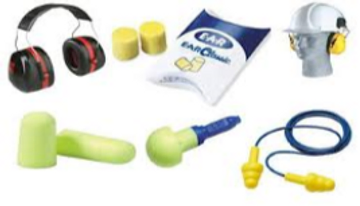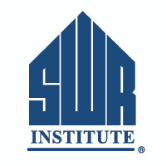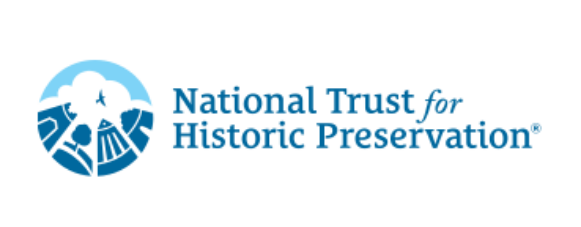It is important to understand the hazards that silica dust creates for the workers who are exposed to it. While the regulation for silica dust is new, the hazards and health consequences have been known for decades. Use engineering controls and other effective safeguards to reduce the amount of this dust in the air to reduce overexposure
What is Silica Dust and Where is it Found?
Crystalline silica is an important industrial material found abundantly in the earth’s crust. Quartz, the most common form of silica, is a component of sand, stone, rock, concrete, brick, block, and mortar. Materials containing quartz are found in a wide variety of workplaces. Common industries and operation where crystalline silica is found include: construction, glass products, concrete products, foundries, cut stone products, railroad track maintenance, abrasive blasting, and many more. Occupational exposure to respirable crystalline silica occurs when cutting, sawing, drilling, and crushing of concrete, brick, ceramic tiles, rock, and stone products.
Health Effects and Illnesses Caused by Silica Dust
Silica dust is hazardous when very small respirable particles are inhaled. These respirable dust particles can penetrate deep into the lungs and cause disabling and sometimes fatal lung diseases, including silicosis and lung cancer, as well as kidney disease. Crystalline silica is 1 of 119 agents listed as “carcinogenic to humans” by the International Agency of Research on Cancer also known as IARC.
Best Practices in Reducing Exposure to Silica Dust
Eliminate the source of the dust whether that is through engineering controls or a change in work processes.
- Use collection or vacuum systems to collect dust at the point of operation to avoid suspended the dust in the air.
- Use wet methods when cutting or breaking any concrete or similar materials.
- Use water as a means of suppression for the dust on roadways or in work areas.
- Stay out of areas where silica dust levels are high as well as avoiding being downwind from these areas.
Use Your Head, Wear Your Hard Hat
Your head is the most important part of your body. You think, feel, talk, smell, and hear with your head. Therefore, it makes sense that you should protect your head from any injury. Wearing a hard hat is the first line of defense against head injuries on the job. A hard hat can protect your head against the hazard of falling material and guard against accidental bumping. The hard hat softens any blow to the head. It resists and deflects the blow and distributes the impact over a large area. The hat’s suspension acts as a shock absorber. Even if the hat dents or shatters, it still takes some of the force out of the blow and off your head. It can also shield your scalp, face, neck, and shoulders against spills or splashes. The ability of a hard hat to protect a worker depends on the shock absorbing space between the shell and head by the suspension provided. Therefore, it is important that sweat bands and suspension straps by properly adjusted to obtain the maximum protection. Sunlight and heat can rot the sweatband and straps, so don’t leave your hard hat on the window ledge of your car. Take good care of your hard hat. Don’t drop it, throw it or drill holes in it. Inspect your hard hat every day for cracks, gouges, and frays or breaks in the straps
Why Do You Need to Wear PPE?
Why should you wear PPE? Just look at the facts. PPE has saved thousands of limbs and lives. If you don’t wear it, you run the risk of:
- Loss of sight or hearing
- Burns and abrasions
- Crushed limbs
- Dismemberment
- Chronic diseases
- Lifelong disabilities
- Permanent brain damage
- Death
Respiratory Protection
There are many tasks in the works that carry the presence of dust , fumes or gases , such as: 1. Handling and crushing stone 2. Sandblasting 3. Dismantling of buildings with asbestos insulation 4. Cutting and welding materials with coatings containing zinc , lead, nickel or cadmium 5. Work with spray paint
Eye and Face Protection
There are many types of eye and face protection – safety glasses, goggles, face shields, and hoods. They are all designed for protection against different hazards. Make sure you use the right protection for your job.
Use the Occupational Health and Safety Legislation as a minimum standard. As well, look for the CSA imprint. Wearing the right eye and face protection can save two important things – your sight and your smile.
Foot Protection
Your feet can be impacted, severely compressed, or punctured if you don’t wear safety footwear. Pick you foot protection according to the specific job you’re doing and hazards you’re facing – or you may be in for a painful, crushing experience. Approved construction footwear is verified by a green CSA triangle on the side of the boot.
Hearing Protection
What did you say? Don’t let this be your most common phrase – use the hearing protection you need – whether it’s ear plugs, ear muffs, or both.
Clothes and Gloves
Clean, fitted work clothes and gloves are your skin’s defense. Some jobs require long sleeves and gloves. In other jobs these might be a hazard – dress for success and safety.
PPE Maintenance
Always inspect the PPE you are about to use – it won’t do you much good if it’s damaged or broken. Keep maintenance records for specialized PPE.
While working with PPE, take care of it and clean it after you are done. Then store PPE in a safe place where it will not get damaged – away from sunlight or contaminants.






